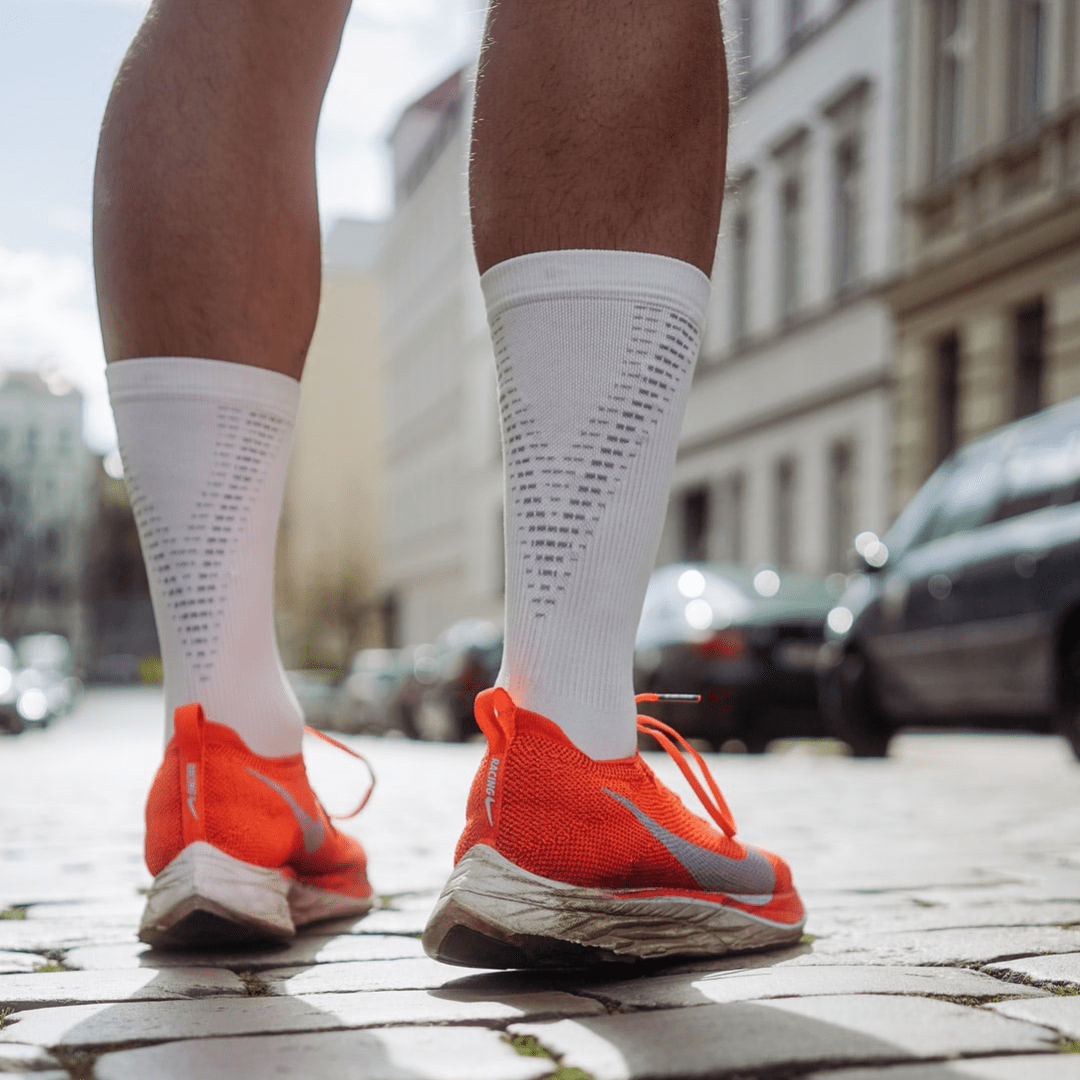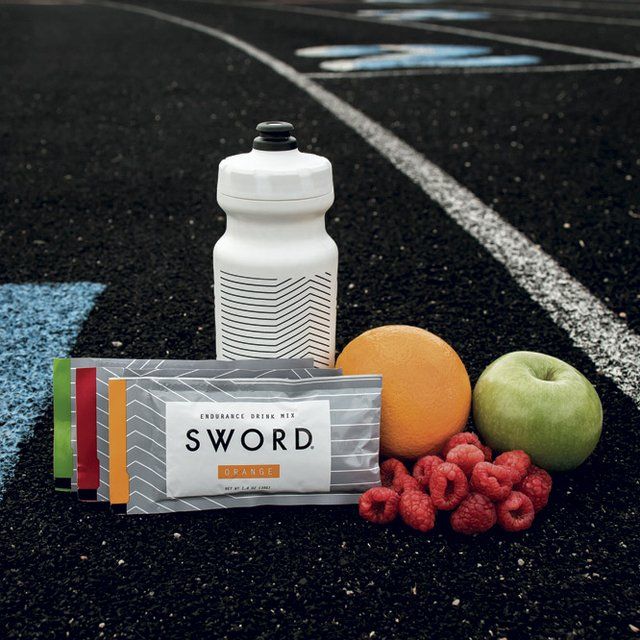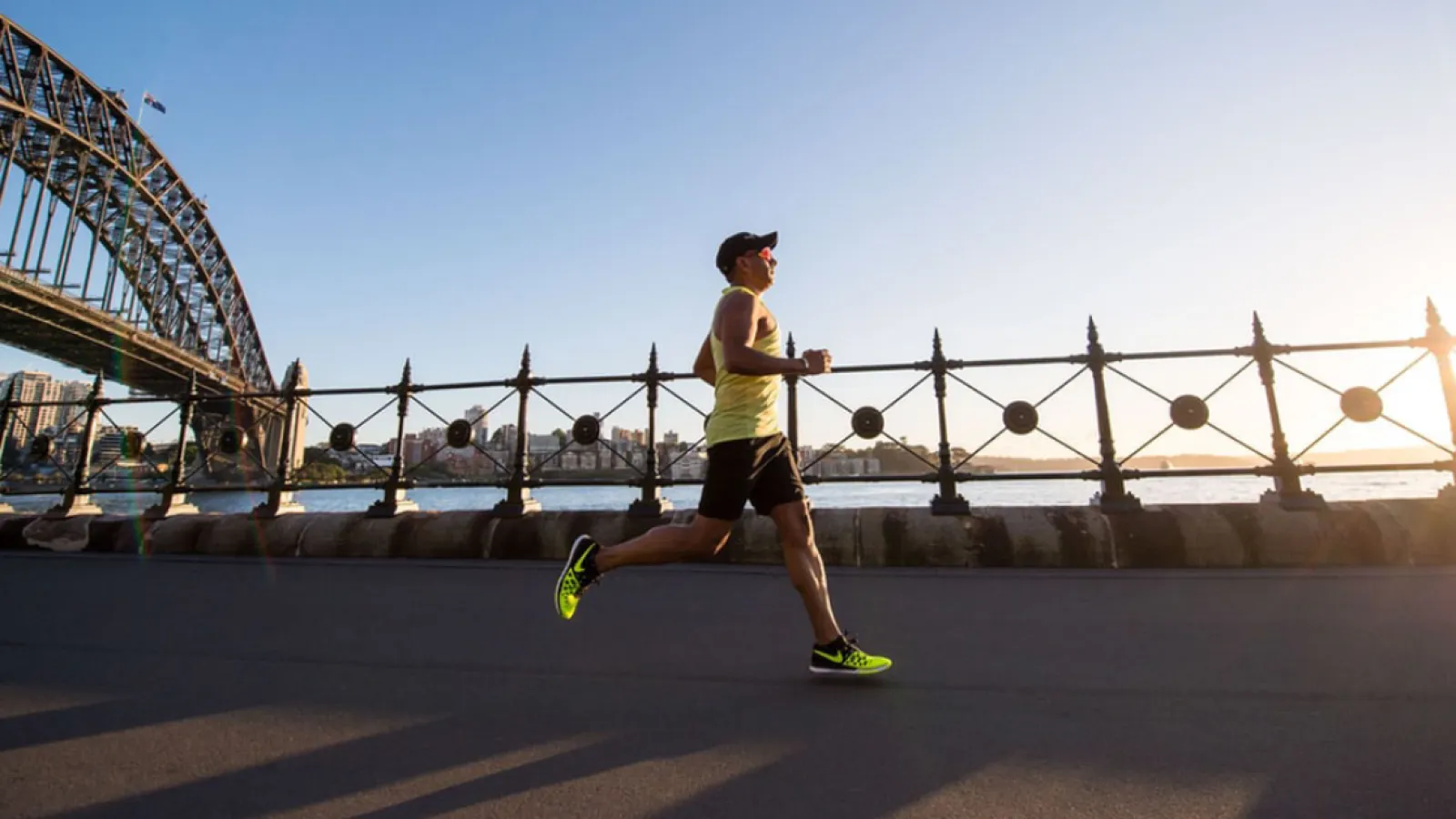10 THINGS TO KNOW ABOUT MARATHONS - Dan Volpe, Athletic Trainer
1. SLOW DOWN
It's easy to get swept up in the excitement of the thousands of runners, the cheers and the idea that race day is finally here. You have no idea what other runners did to prepare for this day so do not let your ego or adrenaline push you to keep up with them.
I learned this first lesson while doing the Philadelphia half marathon. I call it "Pole Position" - Do Not Do It. The Philadelphia half marathon starts out on cobblestone streets in downtown Philly. Beside being cobblestone, the streets are pretty narrow as well. In your mind, you have this idea of the pace you want to run but there is a huge crowd of people in front of you. So you try to weave yourself through this mass of humanity. Don't Do It. You will expend a lot of energy that you will want later. So what do you do?
Set back and slow down your pace. Try to stay in the middle of the course until the streets widen or you come to the first water stop. You will see a ton of people bee lining to that first water stop. When I ran, I was thinking why?
My advice is to stay in the middle of the street to avoid this mess at the water stop. After the first water stop, the crowd should lighten up and you can get back to the pace you want. If you expand that energy too early, you will regret it as you approach the finish line and you want to push it some.
Bonus: It's way more fun to be passing people at the end, than praying it was over.
2. YOUR MUSCLES WILL BE SORE
It seems like a no-brainer, but it will happen. The first time you push your mileage beyond your usual 2-3-mile fitness run, your legs will be sore! You don't expect it, because technically I'd been using the same muscles in the same way for months. But there it is - and it makes sense, too, because you're working harder and longer.
Most people when they are training for a marathon or half marathon all they think about is Long slow distance. Which is great if you just want to finish the race. What do you do if you want to decrease your time and get a PR - you will have to add some speed work. This means running some uncomfortable intervals. There are many different types of intervals. There are three types of intervals that I like - Marathon Repeats, Threshold Intervals and Intervals. These intervals increase involve an increase heart rate or pace but a decrease in time depending on the intervals. Unless you really want to be sore the days following the race; Race Day is not the time to introduce speed. Consistent training and the use of intervals in your training is key for decreased lactic acid production and where you develop some extra speed to get that PR!!
3. STRENGTH TRAINING WILL HELP
Your ankle, hips and knees especially take a lot of impact when you are running. So strength-training should be your go to to be able to better support the joints and ensure that you can keep running safely. Strength training should be at least 2-3 days per work. Strength training workouts should focus on strengthening the whole body. Most people think they only have to focus on the legs, hips, glutes, and core that in order to run strong. But we can't forget the upper body. If your balance is off above your hips, then the supporting structures need to work harder to keep your body upright before they begin the task of pushing you forward. I highly recommend adding some type of weighted movements if you have access to gym equipment.
4. WALKING IS OK!!!
You might NEED to walk and that's OK!!! A half marathon should be a couple things - Fun and enjoyable experience as well as hopefully improving your overall health. There are many reasons why you might see people walking but here are two.
Water stations - Unless your elite runner- why run through a water station. These elite have their own water bottles waiting on them at the water stations. It is easier to drink while walking than running. You will probably spill most if you try to run. The few extra seconds will not hurt your time. Being hydrated and spending a few extra seconds is better than cramping at the end and limping to the finish line - remember FUN!!
There are training programs that use walk/run intervals as part of their program. The best known one is the Galloway Method running program. The reason behind the Galloway Method is that Interspersing intervals of walking and running, you can avoid injury and fatigue. So never be afraid to walk because remember the goal is to finish and have fun.

5. RUNNING SHOES ARE VERY IMPORTANT
YOU MIGHT NEED NEW SHOES!
There is a 6-month or 400-mile rule for when you will need new shoes. There are a variety of reasons you will need new shoes. First is that your shoes will lose their shape. You sometimes notice this when you start feeling some low-back. This is when it is time to retire the shoes. Some running apps can provide a mileage reminder and let you know when it's time for a new pair. For me, my body is the best indicator that it is time. Either way, be sure to check your soles, and replace your shoes when you can.
So when should you not get a new pair of running shoes? So, you can buy a new pair of running shoes about three weeks before your race and do several short runs and one long run in them. I would not start running in a new pair of shoes less than 3 weeks prior to a race, unless you want to get serious blisters or just be uncomfortable because the shoes are broken in.
Plus the race expo is a good place to find some new shoes and they could be at a discount as well!
6. RACE NUTRITION
Good nutrition planning is not just for elite runners; you can't wing it on race day.
It's about being well hydrated in the days leading up to the race, getting your electrolytes balance and learning what fuels work for you during the run. Training will help you with trying to figure out what works for YOU. You should not just go out on race day and use what is on the course. For me, aid stations will have water but they may have gatorade, gatorade endurance or gel packets. I know from my own experiences, I do want the gatorade endurance or gel packets. To me they taste like syrup and I need extra water just to get them down. As for gatorade, I dilute it with some water because it's so sweet. You can only do this by trial and error during training. You do not want the error to happen on race day.

A local option for hydration is Sword, a local Kentucky company - information about their company can be found here!
7. THROW-AWAY CLOTHES
The Salvation Army or Goodwill could be a great place to go the week of the race. The idea of throw-away clothes sounded crazy to me, but this makes the starting line experience way more enjoyable. You may be outside in cool or wet temperatures for hours before the race in the pre-dawn chill.
Beyond comfort, keeping your body warm preserves much needed energy.
If it's a cold race, you might need some knit gloves you can toss and trust me they are worth the $1 to buy! Tuck them in your shorts if you warm up, just in case you turn back into the wind later in the race (tip from Ryan Hall).
Another great option is a garbage bag. Why a garbage bag? If you put 3 holes in the garbage bag for your head and arms you will have some protection. So if there is rain before the race you can stay dry before the race starts. Being wet for the entire race is not fun.
8. CHAFING & BLISTERS ARE AVOIDABLE
On race day you may suddenly find yourself chaffing in places you didn't even know existed. Put Body Glide on every conceivable inch of the body that is covered by some type of clothing, not just select spots like your thighs, but on race day get in between every toe, under every arm, and even around your waistband. You will be happy you did when the race is over.
I learned this the hard way at the Knoxville half marathon. If you are running a race and it's cold out you will want to put Body Glide on your chest. I did not believe it but Nipple rub is a real thing. It hurts A LOT after the race. Body Glide is awesome - it goes with me to every race, long or short.
9. HAVE A PLAN THAT WORKS FOR YOU
It's important to know that every runner you meet will have an opinion about how you should train, what to wear, what to think, etc. It's great to listen to all of the advice, but after that you need to decide what fits your personality and then stick to a plan.
The biggest thing I learned is that advice is great but a plan is better. Without a training plan that requires you to meet certain time or mileage goals that PR or just finishing will be VERY hard. That PR and just finishing can happen without a plan but do you want to feel miserable during the race or the days following the race.
10. ACCOUNTABILITY & CONFIDENCE
Too hot outside? Too cold? Did you wake up feeling sluggish? There are plenty of reasons to stay in bed and skip your workout. When a race is coming up, those reasons should be overpowered by your drive to train. If you don't put in the miles beforehand, race day could be rough and not fun. That's some good motivation to lace up your shoes and hit the trail, road or treadmill. Besides, once you pay that registration fee, there's no backing out. Unless you want to give the race company some free money.
Committing to doing something and then following through leaves you with a real sense of accomplishment and confidence. You can then take that confidence and accomplishment into your next race or even into your daily life. Hey, you just ran a half-marathon - Surely you can meet that deadline that is happening at work. Therefore a PR or just finishing a race with a plan could lead you to better things mentally, physically and emotionally.

